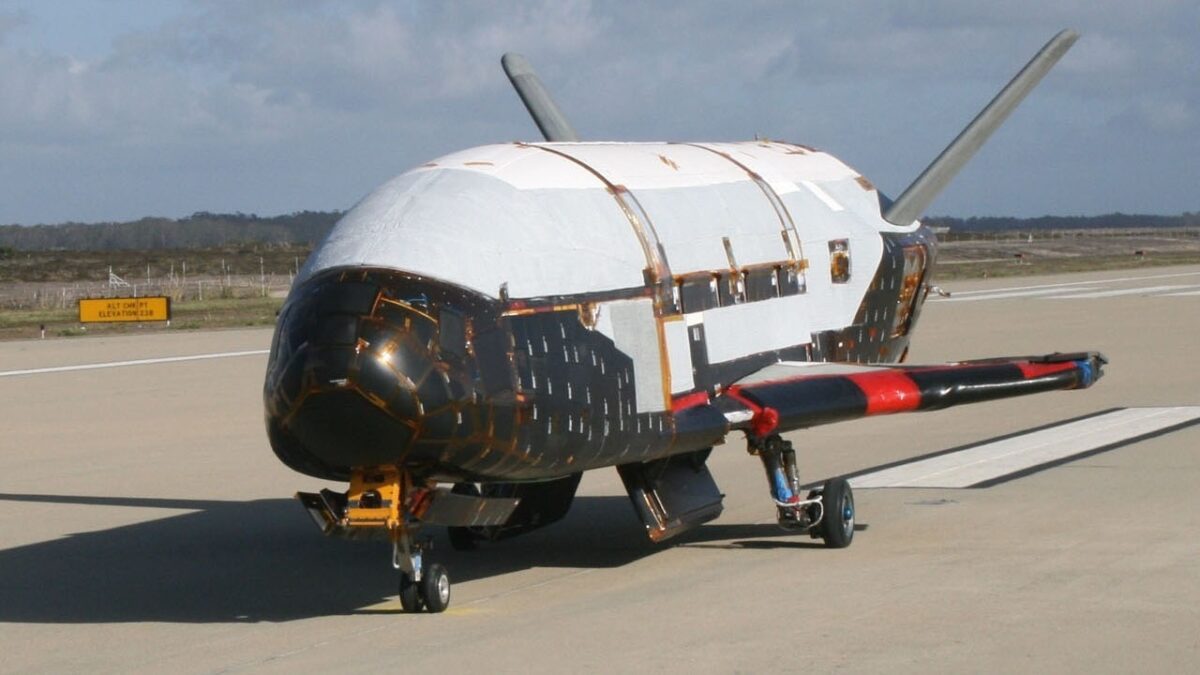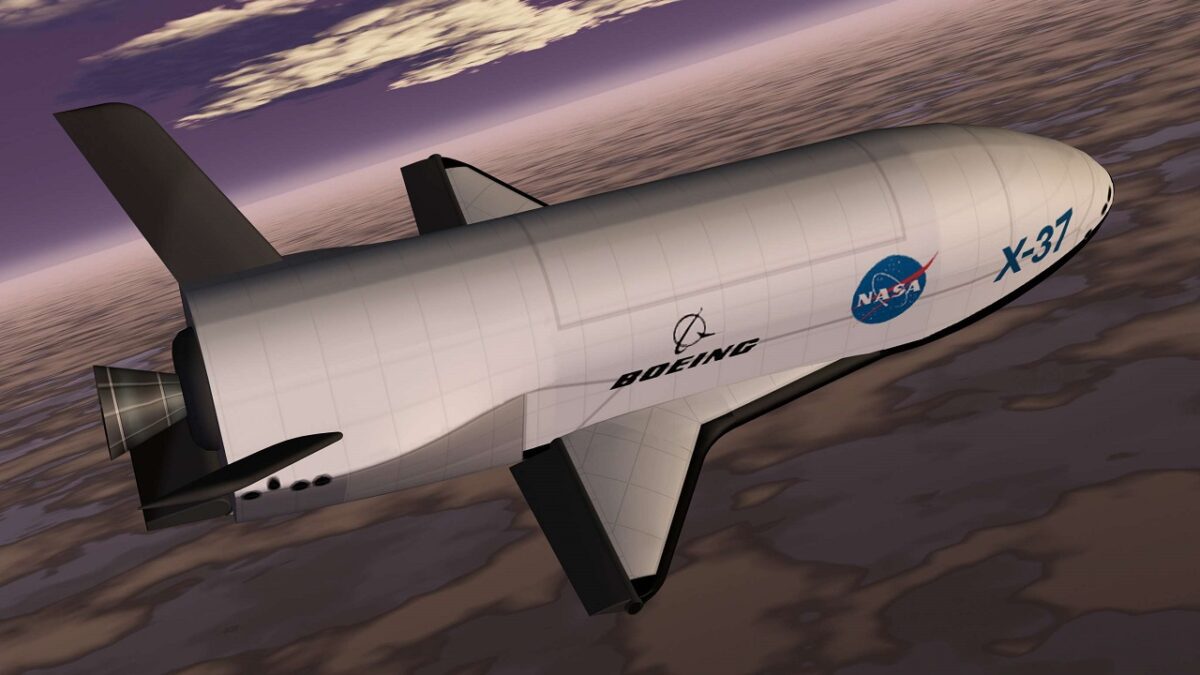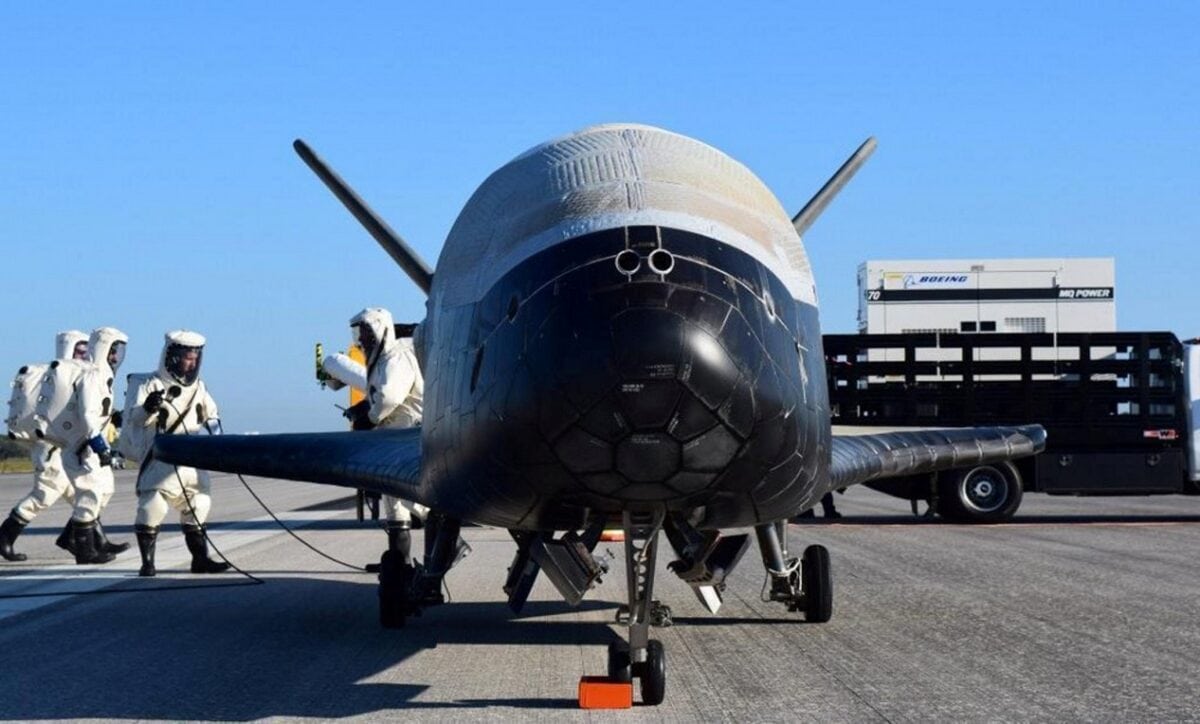Spotlight on the OTV
The X-37B Orbital Test Vehicle (OTV) was developed by Boeing for the United States Air Force as an experimental test program to demonstrate technologies for a reliable, reusable, unmanned space test platform. Its primary objectives are to test reusable spacecraft technologies for America’s future in space, and for operating experiments, which can be returned to, and examined, on Earth.
NASA’s original X-37 program began in 1999 and was transferred to DARPA in 2004. It is now under the domain of the United States Space Force’s Delta 9, which was established and activated on July 24, 2020.
“Delta 9 Detachment 1 oversees operations of the X-37B Orbital Test Vehicle, an experimental program designed to demonstrate technologies for a reliable, reusable, unmanned space test platform for the U.S. Space Force,” the unit’s fact sheet explains.

In a testing procedure, the X-37B Orbital Test Vehicle taxis on the flightline March 30, 2010, at the Astrotech facility in Titusville, FLa. (Courtesy photo)

The U.S. Airforce’s X-37B Orbital Test Vehicle mission 4 after landing at NASA’s Kennedy Space Center Shuttle Landing Facility in Cape Canaveral, Florida, U.S., May 7, 2017. U.S. Air Force/Handout.

Its mission is to prepare, present, and project assigned and attached forces for the purpose of conducting protect and defend operations and providing national decision authorities with response options to deter and, when necessary, defeat orbital threats.

Even as OTV-6 has set a new duration record for the X-37B program, at 781 days, it is far from the overall spaceflight mark, according to Space.com. Many Earth-observation satellites operate for 10 or more years, for example, while NASA’s Voyager 1 and Voyager 2 spacecraft are still alive in interstellar space, nearly 45 years after lifting off.

